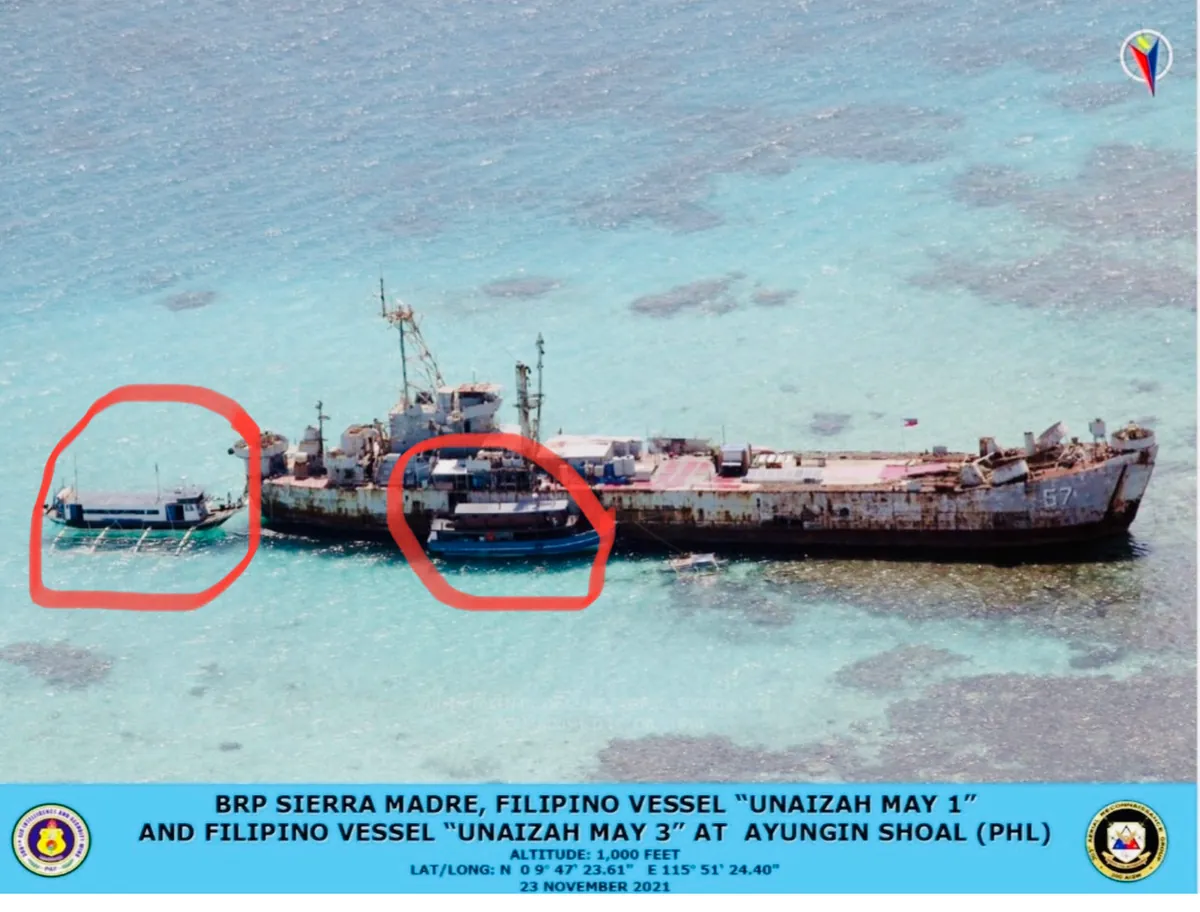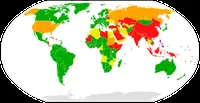Philippines Resupplies Warship in Disputed South China Sea Waters
China reports on Philippines' supply mission to a warship at Second Thomas Shoal, part of a temporary agreement. The Philippines confirms the mission, amid ongoing territorial disputes in the South China Sea.

On September 26, 2024, the Philippines conducted a resupply mission to its warship stationed at the Second Thomas Shoal in the South China Sea, as reported by China's coast guard. This operation, involving a civilian vessel, was carried out under a provisional agreement reached between the two nations in July 2024, following a series of confrontations in the area.
The Second Thomas Shoal, part of the Spratly Islands, has been a focal point of tension in the region. The Philippines maintains a presence there with the Sierra Madre, a World War II-era ship intentionally grounded in 1999 to assert territorial claims. This strategic location is just one of many disputed areas in the South China Sea, a vast maritime region covering approximately 3.5 million square kilometers.
The Philippine Armed Forces (AFP) confirmed the successful delivery of essential supplies and provisions to the Sierra Madre, facilitating troop rotation. In a statement, the AFP emphasized its commitment to fulfilling its mandates in the West Philippine Sea, the term used by the Philippines for its claimed portion of the South China Sea.

China's expansive claims in the South China Sea, encompassing nearly 90% of the area through its "nine-dash line" policy, have led to ongoing disputes with neighboring countries. The region's significance extends beyond territorial control, as it is estimated to hold substantial oil and natural gas reserves. Moreover, it serves as a critical shipping route, with trillions of dollars in trade passing through annually.
The United Nations Convention on the Law of the Sea (UNCLOS) provides the legal framework for addressing these maritime disputes. In a landmark decision in 2016, an international tribunal ruled against China's claims in the South China Sea. However, tensions persist, with China continuing to build artificial islands and military installations in the contested waters.
The South China Sea's importance is not limited to geopolitics and economics. It is a biodiversity hotspot, home to over 3,000 fish species and numerous coral reefs. These ecosystems support the livelihoods of millions in the region through fisheries. However, the ongoing disputes and construction activities pose significant threats to this delicate marine environment.
As the situation evolves, the Philippines has indicated that the temporary agreement with China may be subject to review, particularly in light of recent flare-ups in other parts of the South China Sea. The complex nature of these territorial disputes, rooted in post-World War II demarcations, continues to challenge regional stability and cooperation.
International efforts to address the South China Sea issue include the Association of Southeast Asian Nations (ASEAN) working on a Code of Conduct. Meanwhile, the United States regularly conducts "freedom of navigation" operations in the area, adding another layer to the geopolitical dynamics.
As tensions persist, satellite imagery has become a crucial tool for monitoring activities in the disputed areas. The international community watches closely as nations navigate these challenging waters, balancing territorial claims with the need for regional stability and environmental preservation.


































